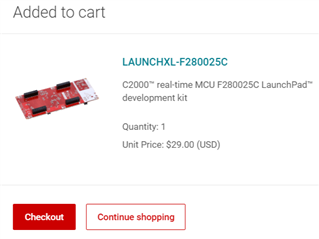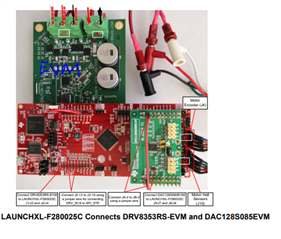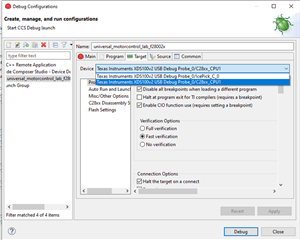Hi,
Need to start a BLDC motor control product development , new project.
This is for a 350W, 48V and 60V BLDC Hub motor for 2 Wheeler application.
Motor has Hall sensor feedback..
Can we go for a simple 6 Step control Algorithm ?
Jerk free and noise free performance especially during starting is important.
Please suggest a suitable TI solution...
Regards,
Anil







